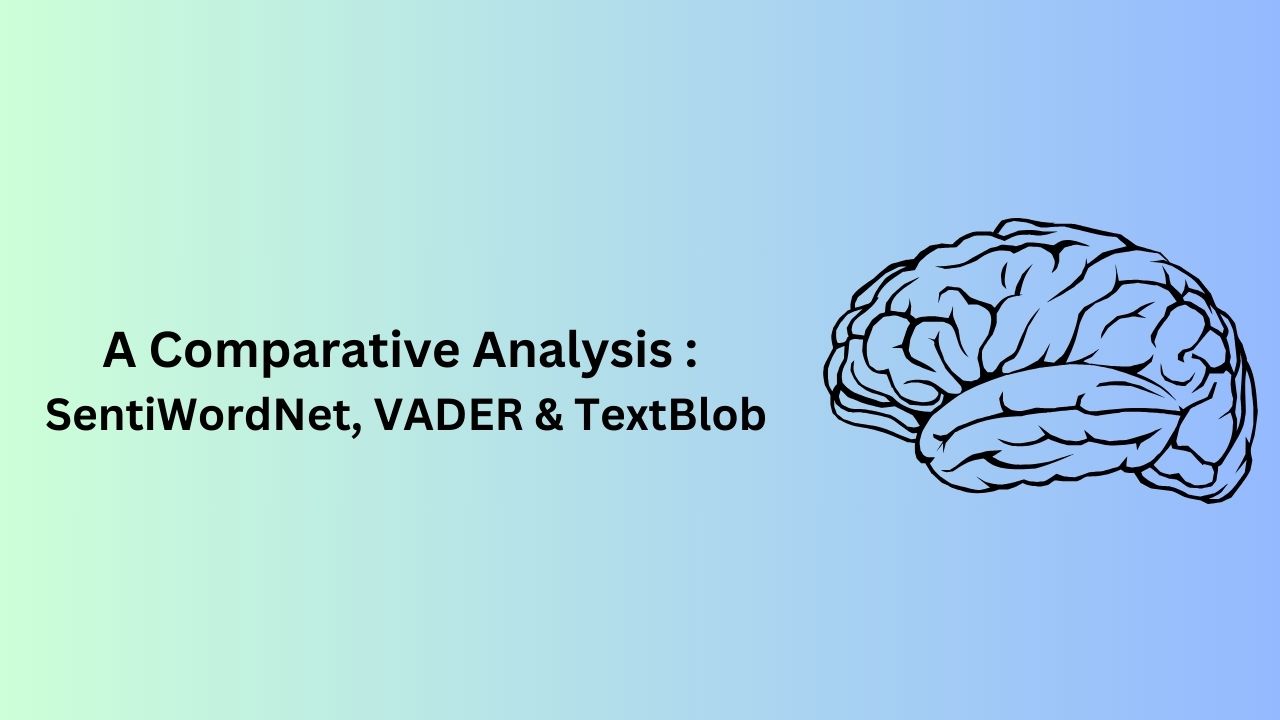Are you drowning in a sea of unstructured text data? Are you struggling to discover the underlying themes and patterns buried within your documents? Let me introduce you to the magical world of Topic Modeling!
Q. What is Topic Modeling?
Topic modelling is a powerful technique used to automatically discover latent topics from a collection of text documents. It’s like having a super-sleuth for your text data, helping you uncover hidden insights and organize information in a meaningful way.
Key Benefits:
Unsupervised Learning: Topic modelling requires no labelled data, making it incredibly efficient for large-scale analysis and exploration of textual content.
Discover Themes: By analyzing the distribution of words across topics, you can identify themes, trends, and prevalent subjects within your corpus.
Improve Information Retrieval: Topic modelling can be used to categorize documents, enabling faster and more accurate search results.
Personalization: Tailor content recommendations and user experiences by understanding the preferences and interests hidden in text data.
Let’s describe Latent Dirichlet Allocation (LDA), Non-negative Matrix Factorization (NMF), and Latent Semantic Analysis (LSA) along with examples for each:
1. Latent Dirichlet Allocation (LDA):
LDA is a generative probabilistic model used for topic modelling. It assumes that documents are represented as a mixture of topics, and each topic is characterized by a distribution of words.
Example:
Suppose we have a collection of news articles:
Document 1: “The economy is experiencing a downturn, and unemployment rates are rising.”
Document 2: “The stock market is showing signs of recovery, and investors are optimistic.”
Document 3: “Political leaders are discussing new policies for economic growth.”
After applying LDA to this corpus, we might obtain topics like:
– Topic 1: “Economy and Unemployment” -> [economy, unemployment, rates, downturn]
– Topic 2: “Stock Market and Investment” -> [stock, market, recovery, investors]
– Topic 3: “Political Leaders and Policies” -> [political, leaders, policies, growth]
Each document will then have a distribution of topics, indicating the presence and strength of different topics in that document. For example, Document 1 may have a high probability for Topic 1, Document 2 may have a high probability for Topic 2, and Document 3 may have a high probability for Topic 3.
2. Non-negative Matrix Factorization (NMF):
NMF is a linear algebra-based technique used for dimensionality reduction and topic modelling. It factorizes a term-document matrix into two non-negative matrices: one representing topics and the other representing the document-topic distribution.
Example:
Consider the following term-document matrix:
| Document 1 | Document 2 | Document 3 | |
|---|---|---|---|
| economy | 1 | 0 | 1 |
| market | 0 | 1 | 0 |
| unemployment | 1 | 0 | 0 |
| political | 0 | 0 | 1 |
| stock | 0 | 1 | 0 |
After applying NMF to this matrix, we might obtain the following matrices:
Topic Matrix:
– Topic 1: [1, 0, 1, 0, 0] (indicating high weights for economy and unemployment)
– Topic 2: [0, 1, 0, 0, 1] (indicating high weights for market and stock)
Document-Topic Matrix:
– Document 1: [1, 0] (indicating Document 1 is primarily about Topic 1)
– Document 2: [0, 1] (indicating Document 2 is primarily about Topic 2)
– Document 3: [1, 0] (indicating Document 3 is primarily about Topic 1)
NMF represents the original term-document matrix as a linear combination of these topics, with non-negative coefficients.
3. Latent Semantic Analysis (LSA):
LSA is a technique based on Singular Value Decomposition (SVD) that transforms a term-document matrix to a lower-dimensional space, aiming to capture the underlying semantic structure.
Example:
Consider the same term-document matrix as in the NMF example.
After applying LSA, we perform SVD to decompose the matrix into three matrices:
U (document-topic matrix), Sigma (diagonal matrix of singular values), and V^T (topic-term matrix).
We then keep only the top k singular values (and corresponding rows/columns in U, Sigma, and V^T) to reduce the dimensionality of the data. The reduced matrices will represent the topics and document-topic distribution.
LSA helps identify the main underlying themes in the text data while reducing noise and dimensionality.
In summary, LDA, NMF, and LSA are powerful techniques used for topic modeling and extracting hidden structures from text data. Each method has its strengths and can be applied to different scenarios depending on the nature of the data and the specific objectives of the analysis.





